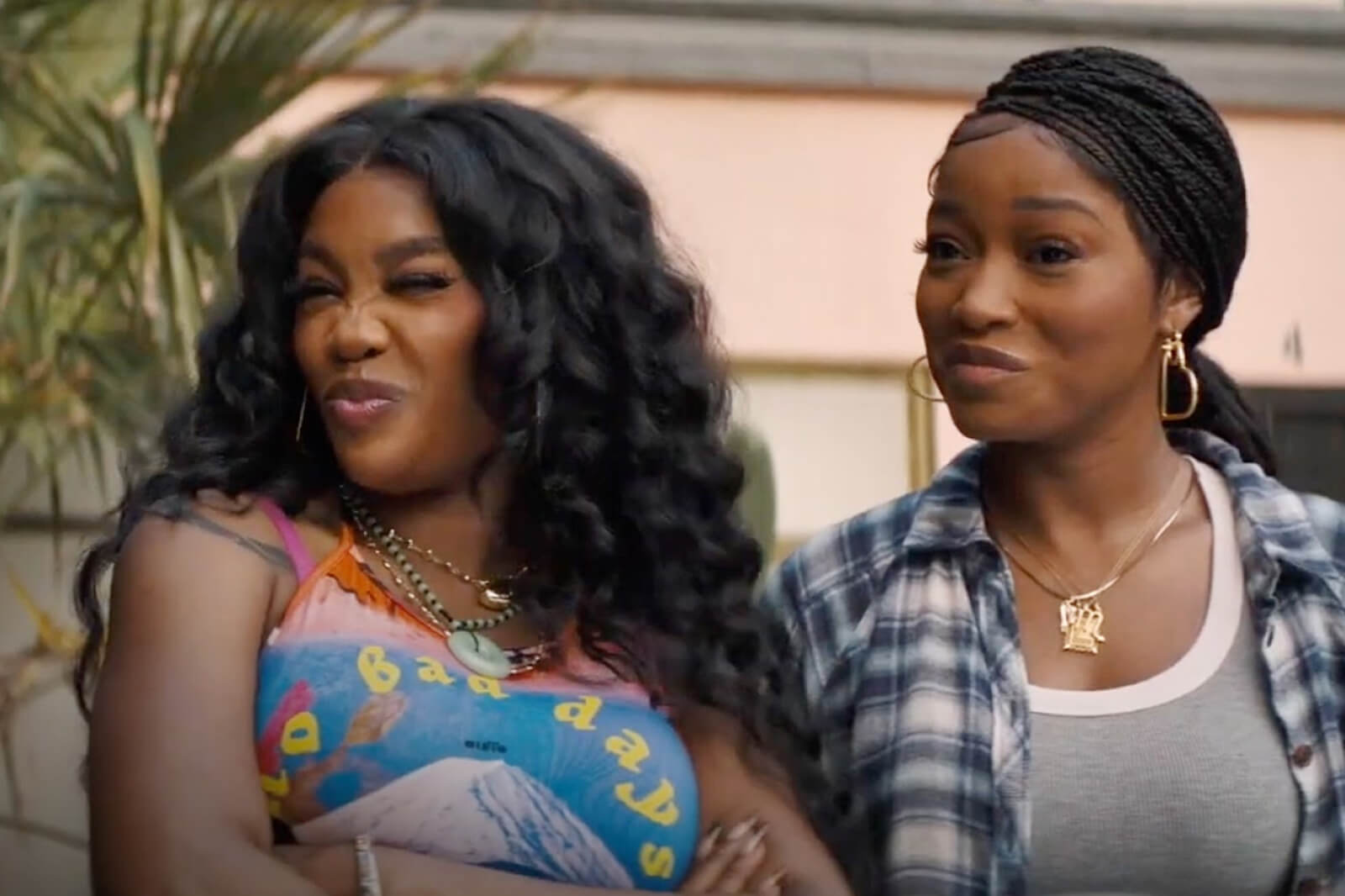
Animal Crossing
Photo by Sara Kurfeß on Unsplash
The experience of playing Animal Crossing: New Horizons isn’t just different from previous franchise entries due to the vicarious nature of living in a happy world during real-life quarantine.
The in-game mechanics are different, too, and I’m not convinced it’s entirely for the better.
Of course I’m talking about terraforming—undoubtedly the biggest and most anticipated alteration to gameplay since the franchise’s debut in 2001. In every prior Animal Crossing entry, the town that generated at the start of your game was the town you were stuck with. 2012’s New Leaf gave players the freedom to determine where their house would be located, but that was the extent of town customization options.
Now, with terraforming, players can shape their Animal Crossing landscape however they see fit. Rivers and hills can be created and destroyed at will. Buildings can be relocated again and again and again. Save for two river mouths and the location of the airport and town center (all of which players select at the beginning of the game), any piece of land can be changed. This, in essence, turns your player into an Animal Crossing god, of sorts.
Admittedly, it’s a bit silly to rail against such a well-implemented customization option that, on top of offering a feature that Animal Crossing players have been wanting for decades, is also extremely fun to use. At the same time, omnipotent power is a major diversion from the traditional Animal Crossing experience.
Animal Crossing is an incredibly personal game in the sense that every town is unique and almost every goal in the game is self-made. As such, no two players will have the same Animal Crossing experience. Some people might prioritize tending a perfect garden or decorating an ideal bedroom, while others might focus on completing item inventories or making custom outfits. But the one aspect that remained consistent across every prior Animal Crossing game was the feeling that you had moved into a pre-existing world.
Want to READ MORE?
The Worst Animal Crossing Villagers, Ranked
People Are Going on Dates in the Animal Crossing: New Horizons Museum While Stuck in Quarantine
Animal Crossing Is a Blueprint for Functional Socialism
In other words, you were living in a town, not creating one. This type of immersion fit perfectly into the real-time, slow-paced nature of the game, wherein you could spend an entire day playing while technically accomplishing nothing.
Even the more annoying elements of the game served to enhance the immersion and experientially bind the player to their specific town. For instance, a poorly located river might result in you taking a specific path through town every day that, after a while, you’d start to grow fond of. And while it was always awful to have a new villager move in and place their house on top of your favorite bed of flowers or your perfectly curated path, there was also a certain joy to complaining about it. After all, that’s how Animal Crossing players used to develop grudges against their most hated villagers.
Terraforming, and the ability to move buildings, ensures that new players will never have these same kinds of experiences. Never again will river location pose a significant problem to daily life. Never again will a villager move into town at just the wrong spot. And maybe we won’t ever come to love our imperfect towns in quite the same way, either.
We no longer live in the Animal Crossing world so much as we shape the Animal Crossing world to our specifications. Of course, New Horizons is still incredibly fun and easily the best game in the franchise. It’s not exactly a valid criticism to say that the game improved upon former titles’ most annoying elements.
But then why do I miss the things that bugged me so much? Why does it make me a little sad that I actually like all of my villagers?
Perhaps the updated experience of New Horizons has arrived at the perfect time. Animal Crossing gives us limitless control during a time when people, by and large, feel less real-world control than ever before. At the same time, if perfection is achievable, then it’s natural to strive for it. And maybe, to some extent, that desire for perfection is at odds with what I love most about Animal Crossing.
My favorite aspect of Animal Crossing has always been its ability to help me slow down and get lost in a world that’s much more relaxing than the real world. But as it turns out, accepting imperfections might have been part and parcel with that patent sense of warmth and relaxation. Sometimes it’s nice to relinquish control and embrace life’s warts in an imperfect world, and that’s much easier to do in a video game. In the real world, life’s imperfections are oftentimes far too dire to embrace. But when those imperfections boil down to a slightly out-of-the-way bridge or an annoying yellow elephant, acceptance feels a lot more bearable.
New Horizons has so much to offer, but that old school element of relinquishing control and experiencing acceptance amidst mild annoyance is noticeably missing. Of course, there’s always a trade-off. My river is now perfectly diagonal.- People Are Going on Dates in the “Animal Crossing: New Horizons … ›
- “Animal Crossing: New Horizons” Has All the QoL Improvements … ›
- Raymond the Smug Cat and the Dark Underbelly of Animal Crossing – Popdust ›
- AOC Is Playing Animal Crossing & Responded to a Trump Troll – Popdust ›
- Nintendo Switch Games to Play in Quarantine While You Wait for the Next Day in “Animal Crossing” – Popdust ›
- The 7 Fastest Ways to Earn Bells on “Animal Crossing: New Horizons” – Popdust ›
- Leif and Redd Bring High Culture to Animal Crossing: New Horizons – Popdust ›
- Animal Crossing: New Horizons introduces town terraforming … ›
- Animal Crossing Terraforming Guide – How To Unlock And Use … ›
- How to Unlock Terraforming (Permits for Cliffs and Water) – Animal … ›
- Animal Crossing Terraforming: How to create paths, rivers and cliffs … ›
- Nintendo talks Animal Crossing: New Horizons crafting and … ›
- Animal Crossing New Horizons: How to Unlock Terraforming (The … ›
- Animal Crossing: New Horizons terraforming guide ›













